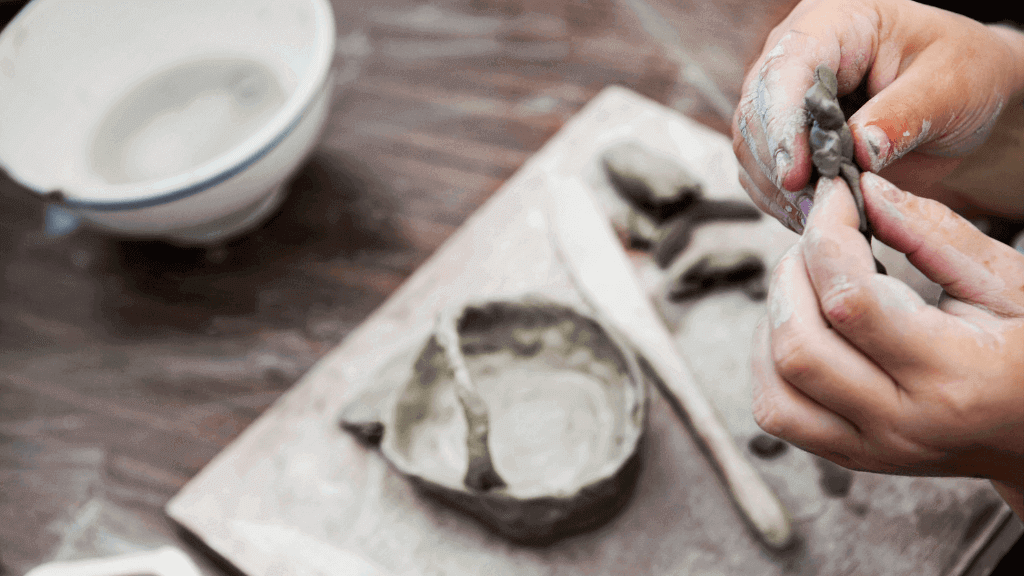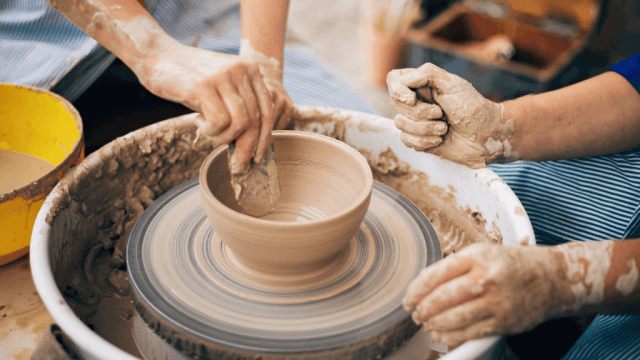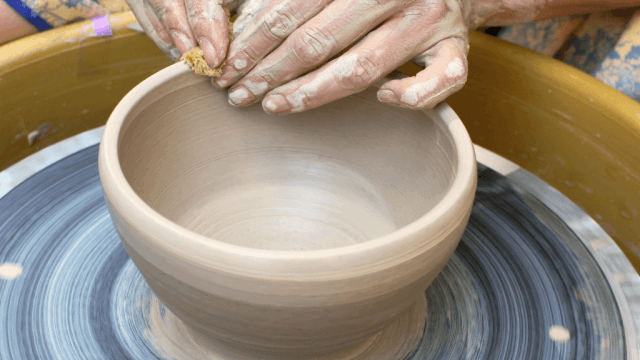Pottery can be fired multiple times, including twice. Bisque firing more than once is a common practice, and some people fire a single piece 3, 4, or even more times until they get the desired result. Glaze can also be applied multiple times, though it is essential to warm up the piece before reglazing if the original glaze was high-fired. Clay is usually fired twice, with the first firing taking 8-10 hours and the second 12 hours.
What is the purpose of firing pottery twice?
Firing pottery twice is a common practice as it helps to reduce the risk of pieces cracking and glaze problems such as crawling and pinholing. Bisque firing more than once is also quite common, particularly if you want to add textures, accents, or other details. Multiple firings can also be used to achieve the desired results. Glazing pottery before or after firing is preferred, although most potters prefer firing their pottery at least twice.
How long does it take to fire pottery twice?
It typically takes around 22 hours to fire pottery twice. The first firing, bisque fire, takes 8-10 hours, and the second, or glaze firing, takes 12 hours. It is recommended to bisque fire twice to ensure the ceramics are ready for glaze firing. Single-firing pottery is possible but not as expected.
What are some types of pottery that require double firing?
Double firing is a technique used in pottery that involves firing the clay twice, usually with a glaze in between firings. The first bisque firing transforms the greenware from its fragile state to a porous and durable form. Different types of clay can be used for double firing, such as ceramic, polymer, or air-dry clay.
Can you change the temperature or duration of the second firing process?
Yes, you can change the temperature or duration of the second firing process. Depending on the desired outcome, a higher bisque firing temperature may result in a less porous ceramic, while thinner application and changing the glaze recipe can also help. The second stage of firing clay is known as quartz inversion and involves molecular changes as the kiln heats up and cools back down.
Are there any risks or downsides to firing pottery twice?
Firing pottery twice can be beneficial, allowing multiple firings to add textures and glazes. However, some risks are associated with firing pottery twice, such as the glaze flaking off the unfired pot. Additionally, it is essential to ensure that the temperature of each firing does not exceed the previous one, or else the lower-temperature glaze may burn off. Lastly, physical hazards such as overuse and strain injuries are associated with ceramics work.











